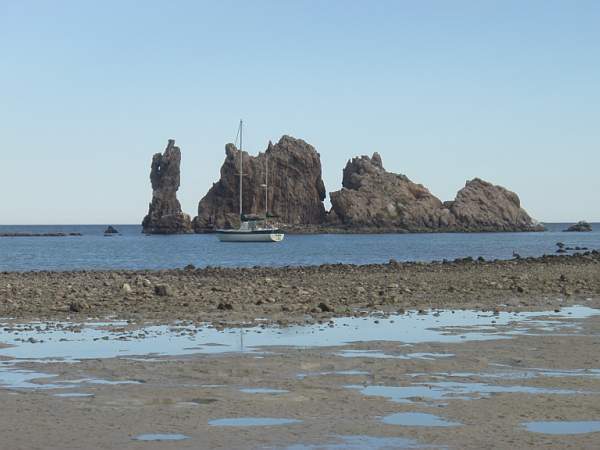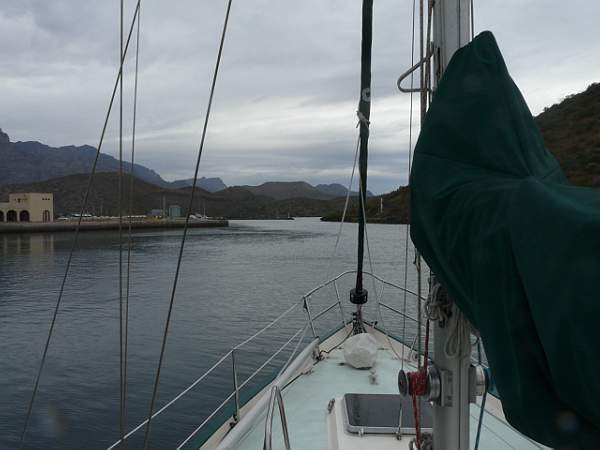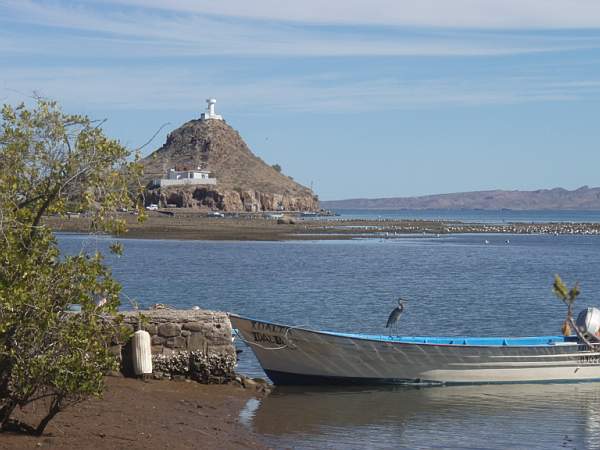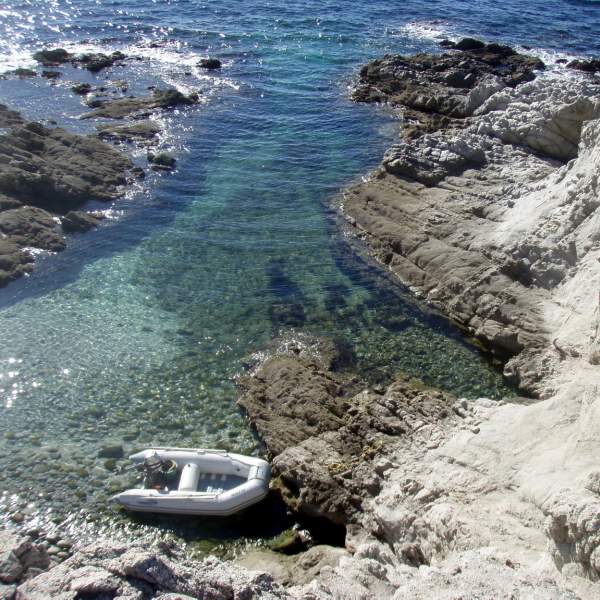Published in the Ocean Watch column, Honolulu Star-Advertiser © Susan Scott
January 16, 2009
SEA OF CORTEZ, Mexico » When I was preparing for my voyage into this sea, I bought John Steinbeck’s “The Log from the Sea of Cortez.”
Then a friend gave me another as a gift. While packing, I discovered yet another copy on my shelf of must-reads. It’s time, I thought, to read this book.
“The Log” tells the story of Steinbeck and his best friend, marine biologist Ed Ricketts, as they collected marine animals from the Sea of Cortez. To accomplish this, they chartered a 75-foot purse-seiner with a captain, engineer and two crew members. The goal was to collect as many species as possible in their allotted six weeks.

I’ve been reading this book for several weeks now as I sail the coast of Baja. It’s not that the book is long or boring. Just the opposite – it’s so outstanding I read whole sections over and over.
You’d think Steinbeck’s superb take on boats, the ocean and the marine animals I so admire would be inspiring, but instead I found it intimidating. I might as well give it up, I thought after reading one passage for the third time. I will never be able to write like this.
I mean, here’s the man on a crowded boat crammed with gear, working almost constantly, and his dates are exact, his details precise. On March 25, 1940, for instance, they anchored at Port Escondido in a narrow bay with an entrance 50 feet wide at flood tide.
 Puerto Escondido
Puerto Escondido
“The charts gave three fathoms at the center of the entrance, but the tide run was so furious,” they anchored back in Piedra de la Marina in 10 fathoms.
Good grief, I can barely remember where I spent last night. I hate keeping journals, and when I try on voyages, they read like this: “December 8. Windy. Rough. December 9. No wind. Motoring.”
Also, Steinbeck’s musings on marine life would make any writer of nature weep. One of countless examples: “The exposed rocks had looked rich with life under the lowering tide, but they were more than that: they were ferocious with life. There was an exuberant fierceness in the littoral here, a vital competition for existence.”
Just when my feelings of self-doubt made me wonder whether I should chuck my laptop over the side, I came to a marina with Internet access and looked up “The Log from the Sea of Cortez.”
Steinbeck didn’t like to keep journals, either, it turns out, and didn’t. To write his book, he used the logs of Ricketts and the captain.

The 600-page tome was published the first week of December 1941 and didn’t sell well. The timing was terrible and the reviews mixed. One critic felt the book was watered down by “tenth-rate philosophizing,” and most believed Steinbeck’s blend of travelogue, philosophy and biology made an uneven read.
Ten years later Steinbeck rewrote the book into the 288-page masterpiece it is today.
The Nobel and Pulitzer prize-winning author loved his voyage, he told friends, and enjoyed writing about it whatever the result. Of the adventure he wrote, “Here was no service to science, no naming of unknown animals, but rather – we simply liked it.”
With that came the inspiration. I love my sailing trips, the ocean and its animals and write about them because I like doing it – whatever the result.
And so, coming in the next few weeks will be Susan’s log from the Sea of Cortez. I think Steinbeck would approve.
